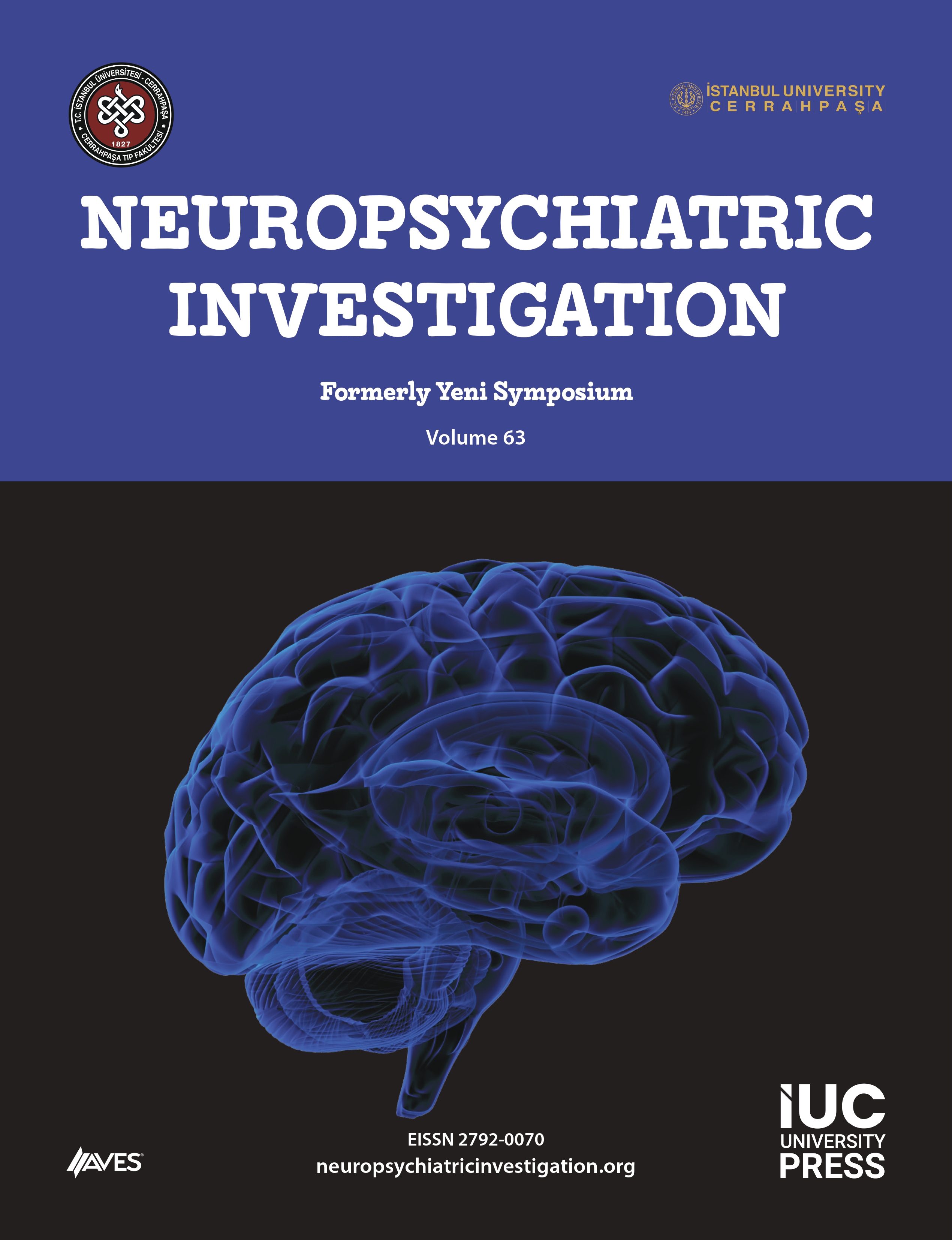Objective: Several studies have identified an association of short allele of MAOA-uVNTR polymorphism and adverse childhood experiences with antisocial phenotype. Variations in the alleles of MAOA-uVNTR polymorphism and adverse childhood experiences among the recidivist violent offenders and control groups were examined in this study.
Methods: Prevalence of allelic variants of MAOA-uVNTR and adverse childhood experiences was examined in male recidivist violent offenders and controls. Adverse childhood experiences were measured using a modified form of the World Health Organization Adverse Childhood Experiences International Questionnaire. Buccal cells sampled from the participants were genotyped for MAOA-uVNTR polymorphism.
Results: There was a high occurrence of 3.5 repeat allele of MAOA-uVNTR in cases and controls. The mean adverse childhood experience score was significantly (P < .001) high in cases with 3.5 repeat allele than controls with 3.5 repeat and 4.5 repeat. Mean adverse childhood experience scores of violence subcategories were found to be significantly high in cases.
Conclusions: Being born with the short allele (3.5 repeat) MAOA-uVNTR genotype and growing up with frequent high adverse childhood experiences have developed pathological aggression, violence, and criminality in recidivist violent offenders in this study. Adverse childhood experiences were an important
factor in the development of violent behavior. Effect of adverse childhood experiences on the short allele of MAOA-uVNTR has to be investigated in different populations of recidivist offenders for understanding the molecular mechanism of this association. This will help in the development of effective rehabilitation and reintegration strategies for the juveniles as well as recidivist violent offenders.
Cite this article as: Prasad M. S S, Vardhanan Y S, Prabha S. P S, Joseph JK, M AE. The occurrence of MAOA-uVNTR genotype and adverse childhood experiences in male recidivist violent offenders: Indian scenario. Neuropsychiatr Invest. 2022;60(1):14-21.




.png)